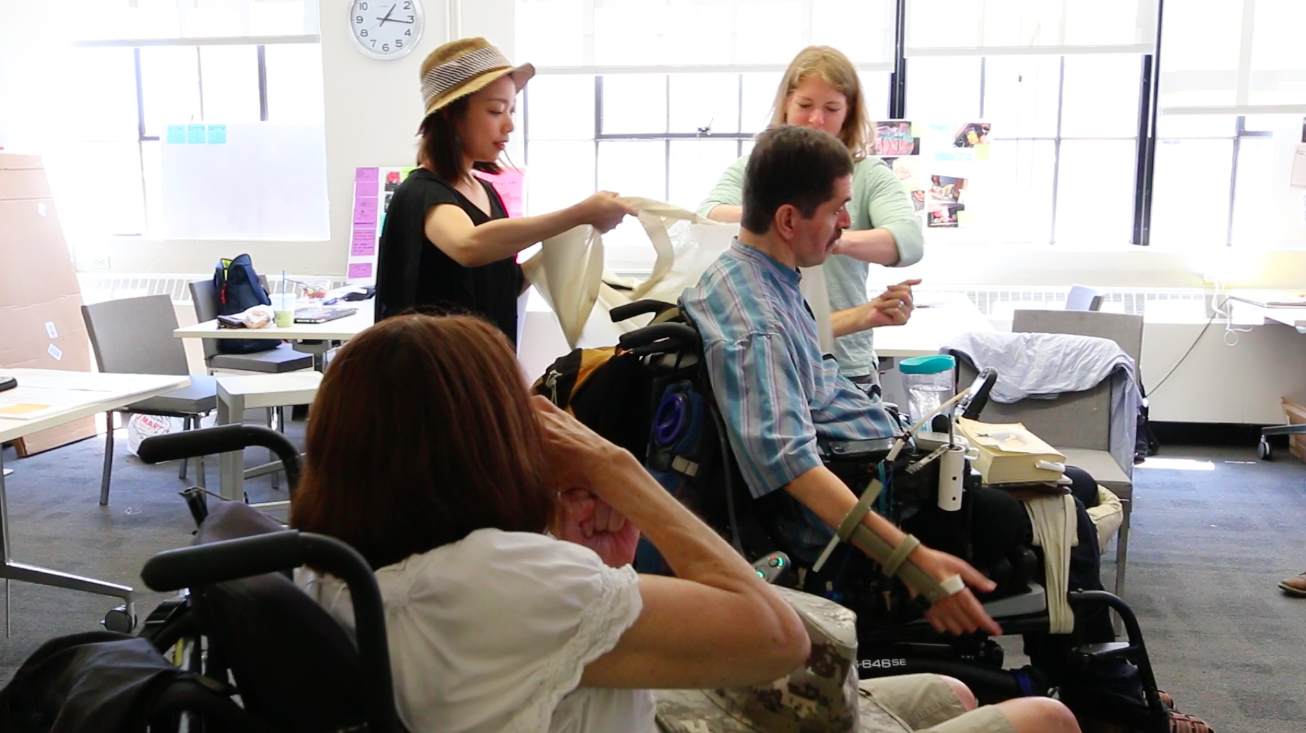Designing Adaptive Clothing That Looks Good
-
-
slice.mit.edu
- 1
Filed Under
Recommended

Teo decided to work on the problem of developing attractive, easy-to-don clothing for people with disabilities. She co-founded Open Style Lab (OSL), which has developed several adaptive clothing products now in use and conducts summer workshops at MIT, to put together teams with the right skills.
“Getting dressed is so intimate,” says Teo, OSL’s executive director. “I wanted to get the right people—fashion designers for aesthetics, engineers because we need that functional science set, and occupational therapists because they work with people with disabilities to carry out simple tasks and regain their independence.”

The fourth member of every team is the client, a person with specific clothing challenges who participates in several ways. “They will be educating the students,” she says. “They have to have the heart to teach.”
The first two weeks of each summer workshop, which is conducted on 10 Saturdays at the MIT International Design Center, is spent getting to know the clients, their needs, and their preferences. Since much existing adaptive clothing was created for geriatric clients, the client’s sense of style counts. Open Style Lab products are meant to look good and function well. The clients brainstorm solutions with the team and return for fittings and testings of three prototypes.
This summer, one of the program’s four clients is James Wice, the director of disability services at Wellesley College. His team is working on clothing with built-in temperature regulation; because he is paralyzed from the neck down, he can’t roll up his sleeves or easily add clothing layers. He wanted an all seasons jacket that would allow him to adjust temperatures up or down. The team is working on solutions including laser-cut ventilation patterns, heating and cooling technologies in the fabric, and different ways of folding sleeve fabric that would make it easier for him to control how much skin is exposed.
A recent Wall Street Journal article included OSL’s Rayn Jacket, designed to keep a wheel chair user’s lap dry in the rain, among new, fashionable choices. Other products, such as Neoclosure magnetic seams that provide easy ways to secure clothing, are described in an MIT News article.
For the future, Teo plans to continue working with Polartec and other innovative fabric manufacturers and she is now in talks with major clothing makers about creating adaptive versions of popular clothing items. She is also working with other academic institutions to help them found similar programs.
The real turning point, she says, will be when major designers and clothing makers make adaptive wear a part of initial design considerations. “Creating clothing that goes beyond the normative body type, but addresses the spectrum of body types,” Teo says, “that is the most sustainable way to create clothing for everyone."








Comments
Rivini
Wed, 10/04/2017 6:28am
I am a lecturer at Department of Textile and Clothing Technology, University of Moratuwa.
I am attached to the B.Design degree program.
We conducted a study about disabled people and made suggestions for clothing products to meet the specific requirements.
Would like to work collaboratively with you in conducting further research.